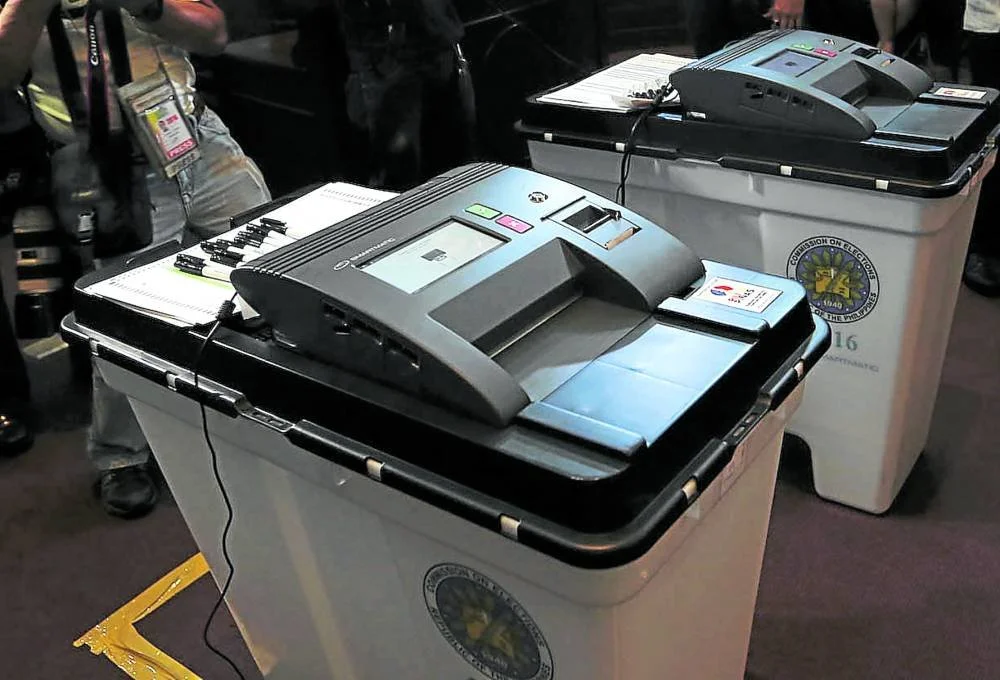Technology you can’t count on
More than 1,800 VCMs conked out on election day. (Photo: Inquirer)
Early Monday morning, Jan Michael Garcia headed to his voting precinct to cast his vote. But as early as seven o'clock in the morning, poll workers had already informed voters that there was a problem with the vote counting machines. Garcia ended up waiting until 9 p.m.
His story is only one of thousands of incidents that happened last Monday when voting in the country’s national and local elections was marred by more than 1,800 malfunctioning VCMs. Voters like Garcia lined up as early as 6 a.m., waited hours to cast their vote, and took to social media to report delays caused by the faulty machines.
Poll Commissioner George Garcia cited “common” issues such as paper jams, ballot rejection, scanning, and printing as the problems, adding that these issues were “resolved.” “Issues” that don’t necessarily qualify as “common” when you have the fate of a country in your hands.
Based on the Commission on Elections’ calendar, the final testing of VCMs and SD cards for the machines should have been finished by May 7. On the eve before the election, it was reported that the COMELEC had yet to finish the “final testing and sealing” of VCMs with only 79% of the defective units replaced. A little too late, maybe?
How do VCMs work?
The SAES-1800plus VCM by Smartmatic, the go-to global leader for election technologies, is an optical scanner designed to count voter-marked paper ballots. Then using Smartmatic technology, election returns are securely transmitted from the VCMs to the Central Server, the City or Municipal Canvassing Server, and the Transparency Server. Results are posted on the web in near real-time.
In a promotional video used in the 2016 elections, Smartmatic demonstrated how to use the SAES-1800plus and described the voting process as “easy” and “fun.” A far cry from what voters experienced as they waited hours on end for VCMs to “accept” their ballots. What’s more, it’s not the first time the country is using these machines. This election marked the fourth consecutive time that the Philippines automates national elections.
Chalk it up to lack of preparation, “common” tech glitches, or possibly even a security breach (it’s happened before). In this day and age when technological advancements are moving at rocket speed, why does it feel like we’re back where we started?
There was once a dream that technology would be the great equalizer. This election has proved the exact opposite, from using social media as a platform for misinformation to vote counting machines conking out on election day. It seems that technology has perpetuated biases rather than eliminated them.


